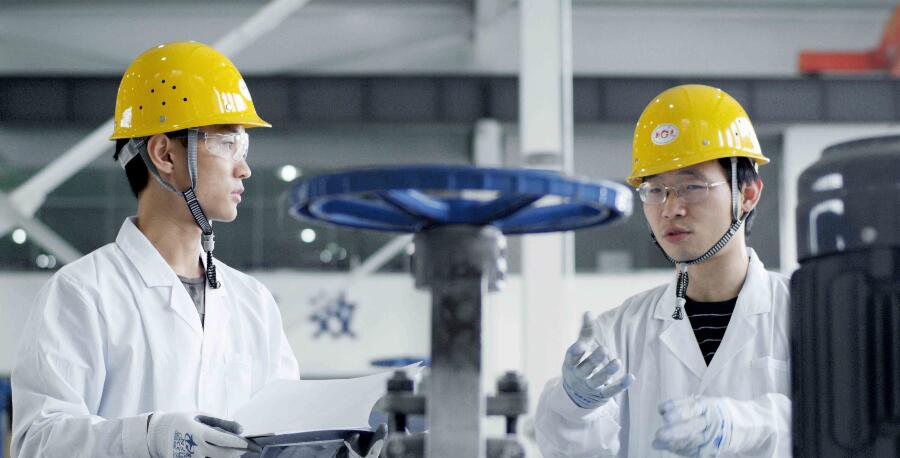Valves are essential components of various industrial applications, from controlling the flow of liquids and gases within a pipeline to regulating pressure and temperature.
Over the years, valve technology has evolved significantly, with advances in materials, designs, and smart systems.
These advancements have improved the efficiency, ความปลอดภัย, and reliability of valves, making them critical components of industrial systems. ในบทความนี้, we will explore new materials and designs for valve components and revolutionary smart valve systems for industrial applications.

New Materials and Designs for Valve Components
Valve manufacturers are always on the lookout for new materials and designs that can enhance the performance and durability of valves. One of the most significant advancements in recent times is the use of ceramics for valve components, such as seats, discs, and balls. Ceramic materials are highly wear-resistant, corrosion-resistant, and can withstand extreme temperatures, making them ideal for applications in harsh environments. นอกจากนี้, the use of additive manufacturing techniques, such as 3D printing, has enabled valve manufacturers to create complex designs that were previously impossible to achieve using traditional manufacturing methods.
Another area of focus for valve manufacturers is reducing the environmental impact of valves. One way to achieve this is by using sustainable materials such as bioplastics, which are derived from renewable resources such as corn starch, sugarcane, and cassava. Bioplastics have similar properties to traditional plastics and can withstand temperatures and pressures found in industrial applications. นอกจากนี้, valve manufacturers are exploring designs that reduce the amount of energy required to operate valves, such as low-friction coatings, improved sealing mechanisms, and smart control systems.
Revolutionary Smart Valve Systems for Industrial Applications
Smart valve systems are the latest wave of technological advancements in the valve industry. These systems use sensors, แอคชูเอเตอร์, and communication technologies to provide real-time data on valve performance, predict failures, and optimize valve operations. Smart valves can be remotely monitored and controlled, reducing the need for manual interventions, increasing efficiency, and reducing operational costs.
One example of a smart valve system is the use of wireless sensors to monitor valve performance in real-time. The data collected by these sensors can be analyzed to identify potential issues before they become critical, ลดการหยุดทำงานและค่าบำรุงรักษา. นอกจากนี้, smart valve systems can be integrated with other industrial systems, such as SCADA (Supervisory Control and Data Acquisition) ระบบ, to provide a holistic view of the entire industrial process.
สรุปแล้ว, the valve industry is constantly evolving, with new materials, designs, and smart systems being developed to improve valve performance, ความน่าเชื่อถือ, and efficiency. Advances in valve technology have enabled valves to perform in harsh environments, reduce environmental impact, and provide real-time data to optimize operations. As industries continue to evolve, the valve industry will play a critical role in ensuring the safe and efficient operation of industrial systems.
